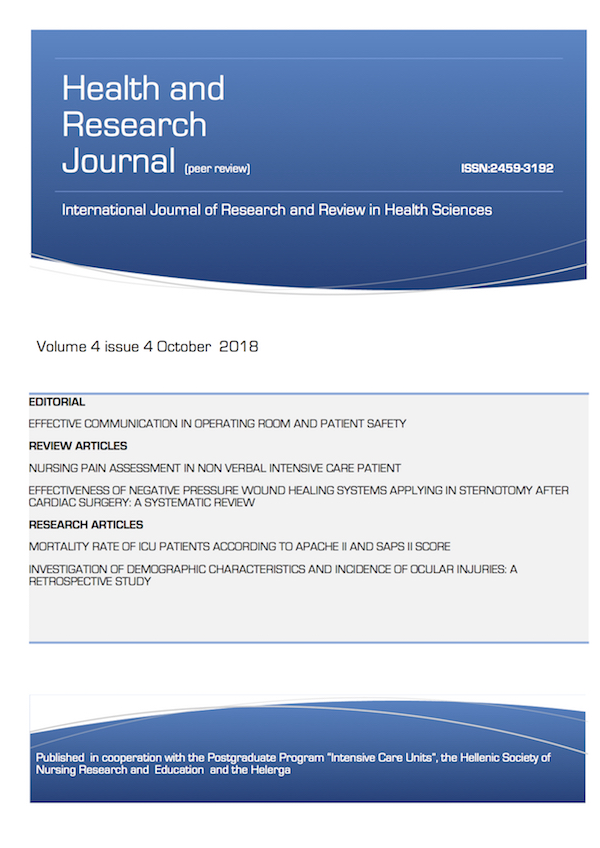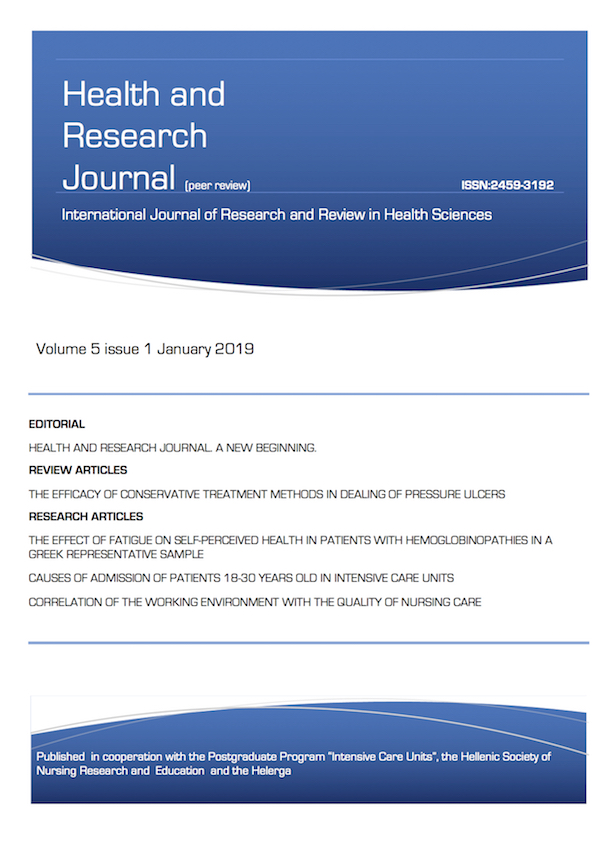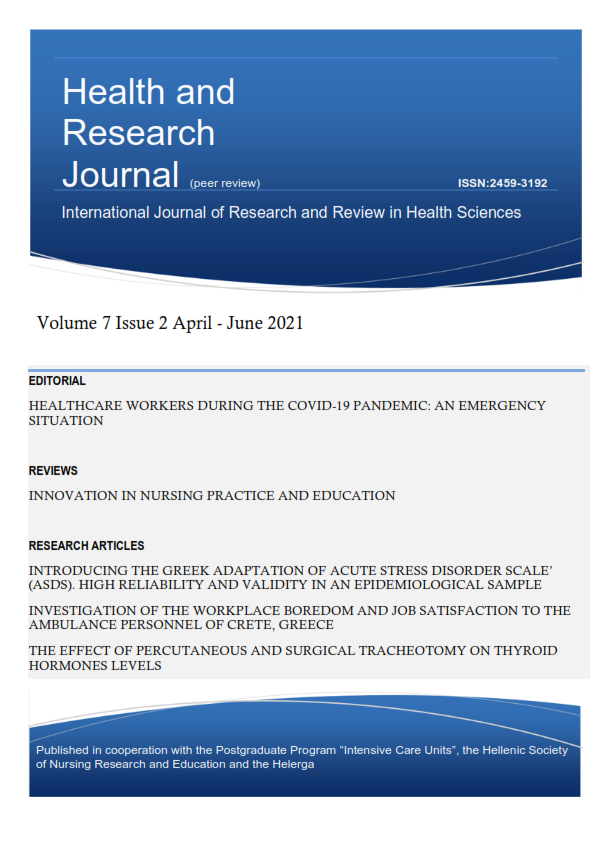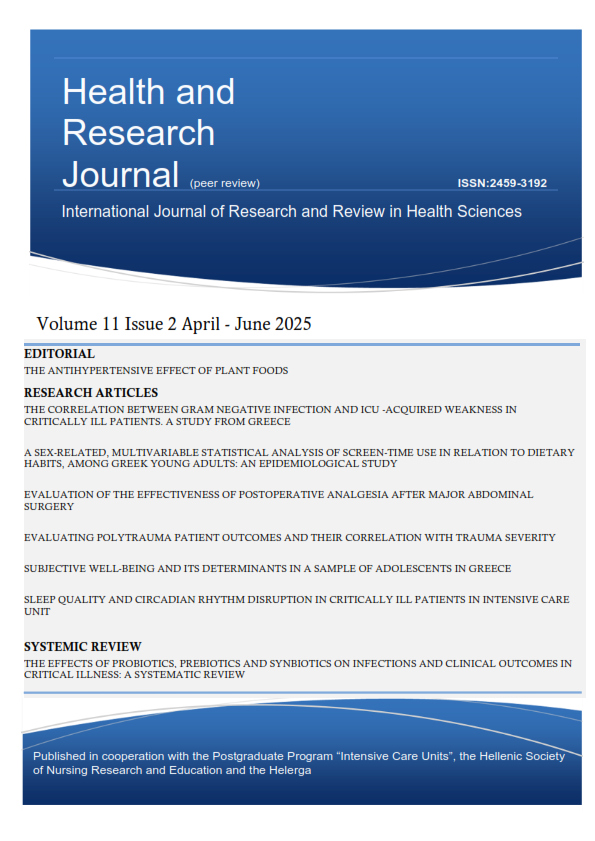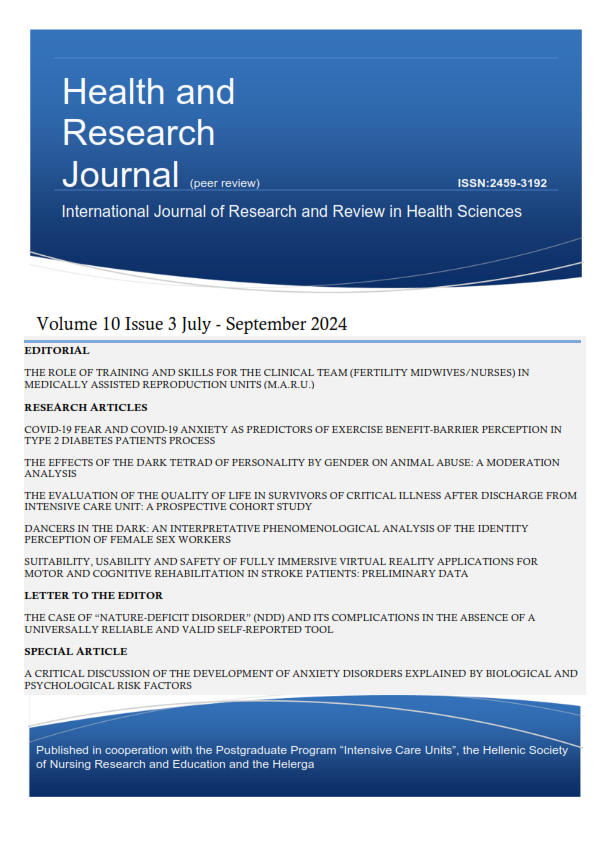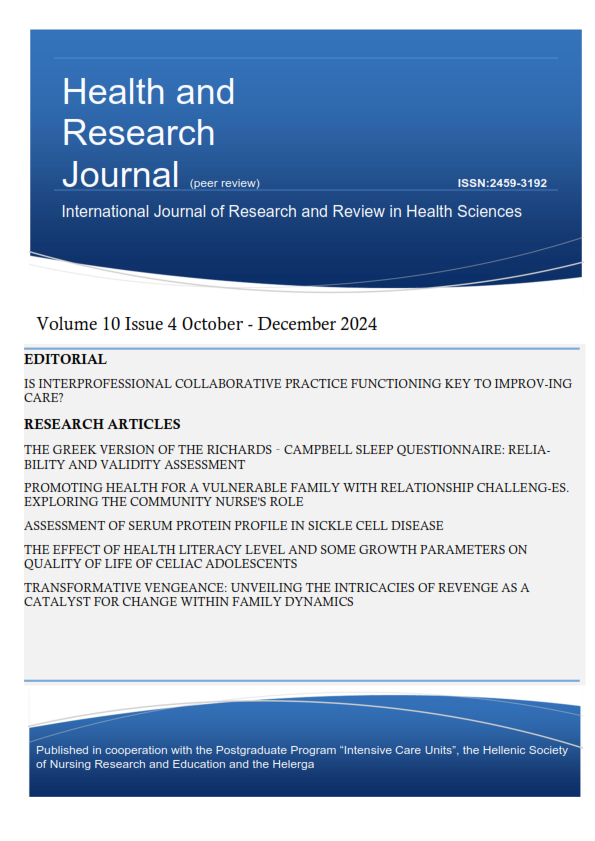Communications Methods to patients with locked-in syndrome
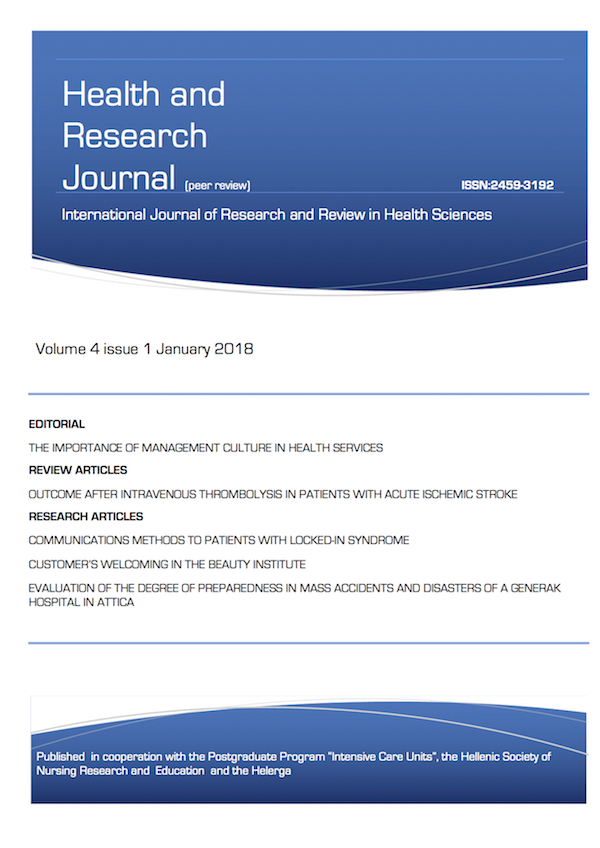
Abstract
ntroduction: Brain-computer interfaces (BCIs) that promote communication with individuals suffering from locked-in syndrome (LIS), are variously superior to the classic methods. These interfaces, whether intrusive or not,
have evolved and are now accessible to patients, thus contributing mainly to the production of written speech, to the control of personal computers, and to the management of the patient’s environment.
Aim: The aim of the present review was to evaluate the effectiveness with LIS patients of communication methods using technology.
Methodology: The search of the Greek and international bibliography involved the databases: Pubmed, Cinahl, Sciverse Scopus Proquest, Researchgate, Cochranelibrary, etc. 1,652 items were found and 15 were judged appropriate for study.
Results: There is a wide variety of available BCIs, depending on the minimum demands made on the user, the needs served and the time the user takes to learn them. Communication remains a time-consuming process and thus a source of great anxiety to patients. Furthermore, there is a slight superiority in the possibilities offered by intrusive BCIs. However, they are often not preferred because they require a surgical operation.
Conclusions: There is an identified need to find new methods, or to modify already existing ones, for the more effective communication with patients who suffer from all forms of LIS. However, the dysfunctions in the control of the sensorimotor rhythms (due to alterations or damage to the cerebral cortex) may adversely impact the perfection of BCI technology.
Article Details
- How to Cite
-
Tzogia, M., & Papageorgiou, D. (2019). Communications Methods to patients with locked-in syndrome. Health & Research Journal, 4(1), 21–29. https://doi.org/10.12681/healthresj.19634
- Section
- Reviews
Copyright notice:
The journal "Health and Research Journal" reserves the rights for copyright of the content of the website and also the copyright of the articles published.
By virtue of their appearance in this journal, the articles are free to be used for non-commercial purposes. However, the articles cannot and must not be used in anyway, published elsewhere or modified without any reference to the author and the first publication of the article.



